Discovering Divine Threads: Yoga and Hindu Deities
Embark on a spiritual journey as we unravel the sacred connection between yoga and Hindu deities. This article compiles 29 key points, each unveiling the profound relevance of gods like Brahma, Vishnu, Shiva, and goddesses such as Lakshmi and Saraswati to the practice of yoga. Whether you’re a seasoned yogi or a newcomer, join us in exploring the deep-seated links between physical postures and metaphysical realms, immersing yourself in the wisdom of ancient traditions. Get ready to experience the harmonious dance of mind, body, and spirit at the heart of yoga’s divine tradition.
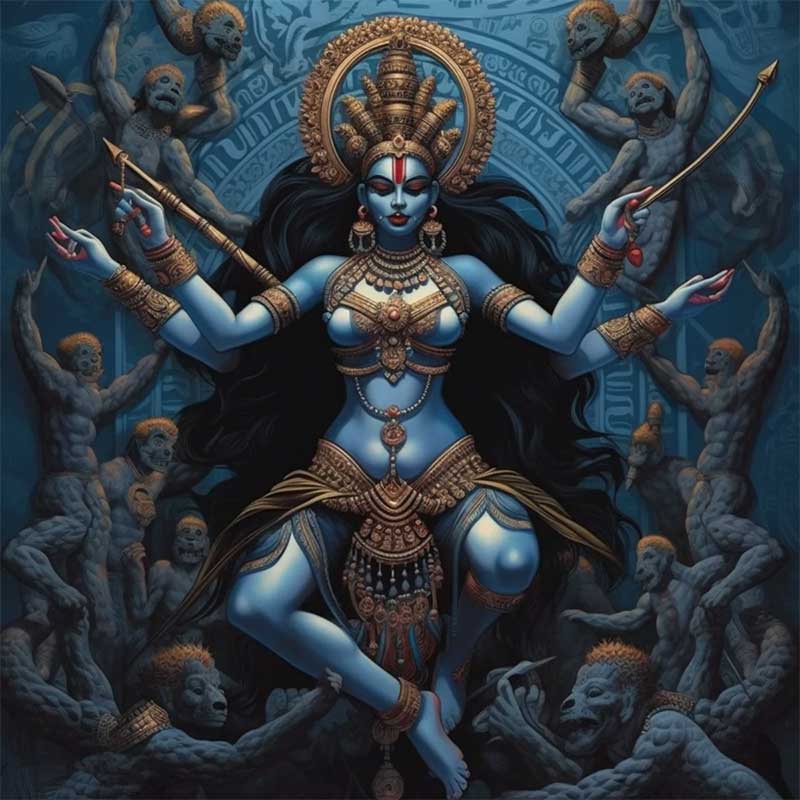
Brahma:
• The creator of the universe in the Hindu
trinity (Trimurti).
• Symbolizes creation and evolution,
representing the initial phase of the life cycle.
Vishnu:
• The preserver of the universe.
• Incarnated in various forms like Rama and
Krishna.
• Represents stability and balance.
Shiva:
• The destroyer in the Hindu trinity.
• Symbolizes dissolution to allow for
regeneration.
• Associated with meditation, tranquility, and
detachment.

Ganesh:
• The god with an elephant head, son of Shiva
and Parvati.
Represents wisdom, knowledge, and the
removal of obstacles.
• Often invoked at the beginning of new
endeavors and spiritual practices, including
yoga.
Parvati:
• Shiva’s consort, goddess of feminine power.
• Symbolizes the balance between the
feminine and masculine aspects.
Lakshmi:
• Goddess of wealth, prosperity, and fortune.
• Associated with beauty and generosity.
• Meditating on Lakshmi can enhance
gratitude and abundance.
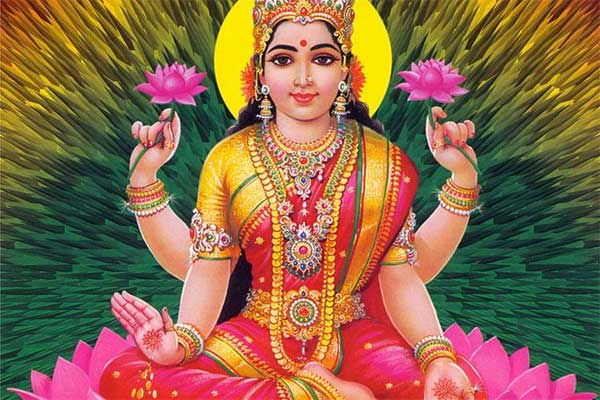
Saraswati:
• Goddess of knowledge, art, and music.
• Symbolizes creativity, wisdom, and learning.
• Meditation on Saraswati can improve
concentration and creativity in yoga practice.
Hanuman:
• The faithful devotee of Rama. known for
strength and devotion.
Represents power, loyalty, and selfless
service.
Durga:
• Goddess of strength and protection.
• Often revered for overcoming obstacles and
challenges.
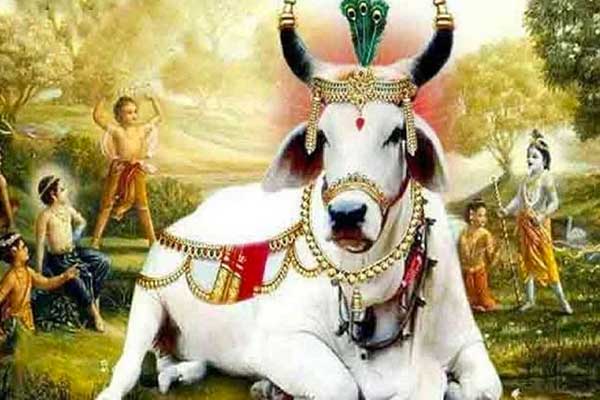
Krishna:
• Incarnation of Vishnu, the central figure in the
Bhagavad Gita.
• Teaches yogic principles such as detachment
and duty.
Radha:
• Iconic figure of divine love with Krishna.
• Symbolizes devotion and union with the
divine.
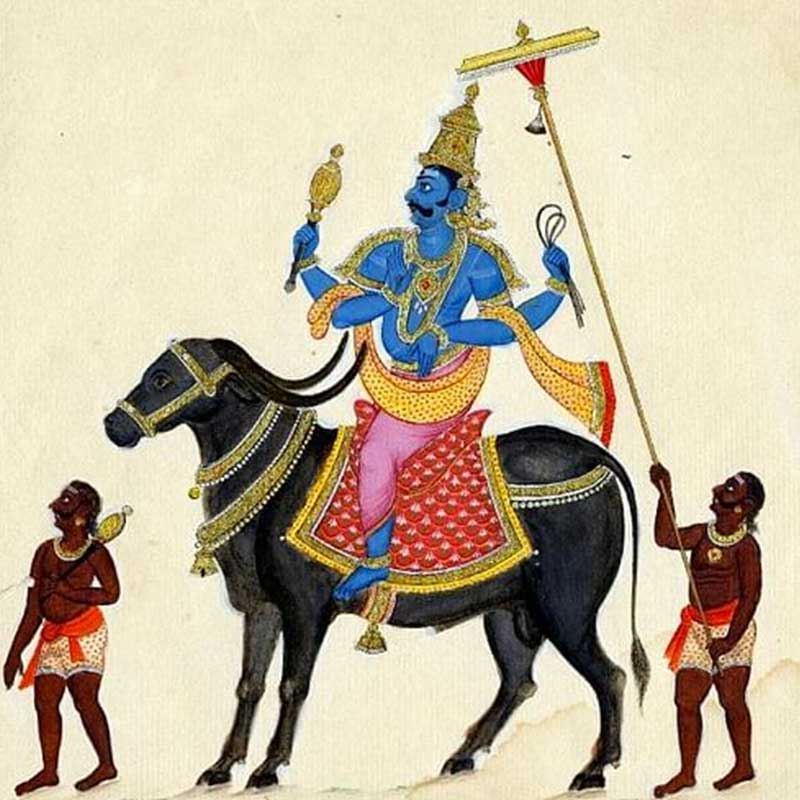
Yama:
• God of death and moral control.
• His role in yoga is often associated with
discipline and self-mastery.
Nataraja (Shiva as the cosmic dancer):
• Represents the eternal cycle of creation,
preservation, and dissolution.
• Symbolizes movement and celestial dance.
Kali:
• Goddess of the destruction of evil and
ignorance.
Often venerated for strength and the ability
to overcome inner darkness.
Agni:
• God of fire and sacrifice.
• Symbolizes purification and transformation.
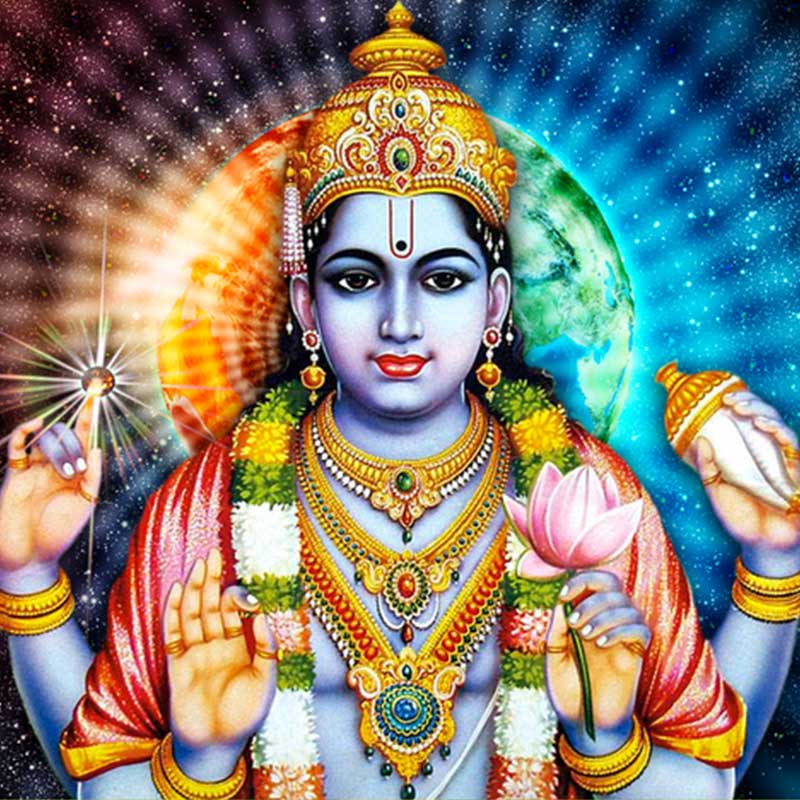
Varuna:
• God of cosmic order and justice.
• His aspect emphasizes the importance of
order in yoga practice.
Vayu:
• God of wind and breath.
• The significance of conscious breathing
(pranayama) in yoga.
Bhumi:
• Goddess of Earth.
• Reminds of the connection with nature in
yoga practice.
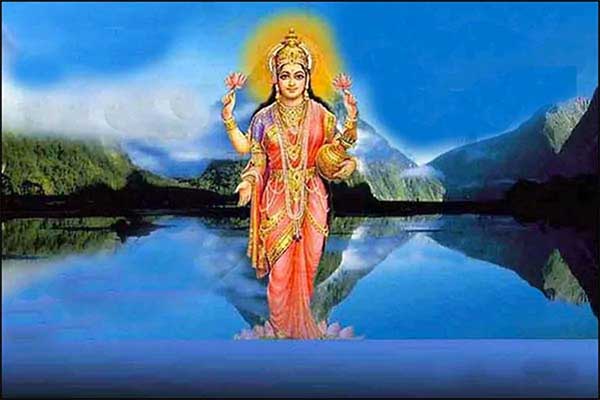
Surya:
• God of the sun.
• The Sun Salutation (Surya Namaskar) is a
yogic practice dedicated to Surva.
Chandra:
• God of the moon.
• The moon is often associated with yoga,
especially meditation.
Indra:
• King of gods, god of rain and thunder.
• Symbolizes power and inner strength.
Ganga:
• Goddess of the Ganges.
• Purification through water is a common
theme in yoga, connecting to the goddess
Ganga.
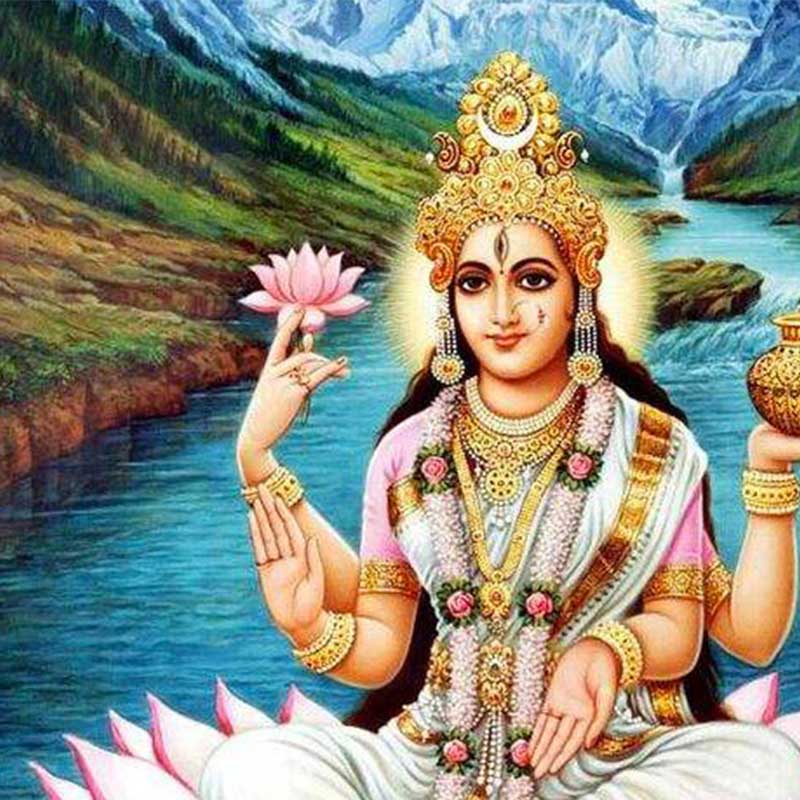
Apsaras:
• Celestial dancers.
• Symbolize beauty, elegance, and harmony-
qualities often sought in yoga practice.
Rishi:
• Sages or saints.
• Emphasizes the importance of studying
sacred texts and seeking truth
Manu:
• Mythical legislator.
• Highlights the importance of following
ethical rules (yamas and niyamas) in yoga
practice.
Guru:
• Spiritual guide.
• The relationship with a guru is often
considered crucial in the spiritual progression
of yoga.
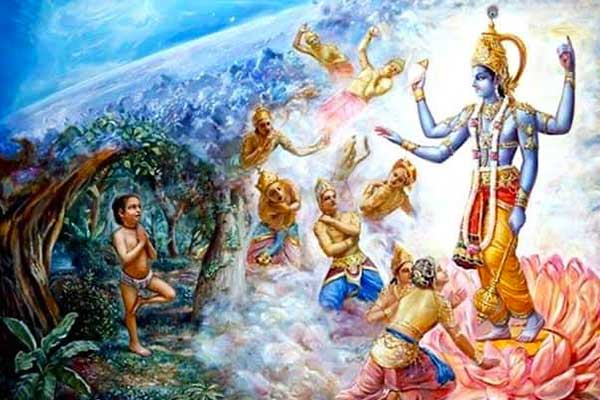
Dhruva:
• A young prince who becomes a great
devotee.
• His story inspires perseverance and
determination in yogic practice.
Nandi:
• The bull. Shiva’s vehicle.
• Symbolizes strength and loyalty, qualities
encouraged in yoga practice.
Bhakti:
• The concept of devotion.
• The importance of bhakti yoga (the path of
devotion) in overall yoga practice.
Why teaching yoga to kids?
Kids yoga is emerging as an essential practice in a world where children's well-being is increasingly prioritized. Offering a unique blend of physical, mental, and emotional benefits, kids yoga helps children develop strength and flexibility while fostering...
Yin Yoga TCM 5 Elements
Chinese medicine and Yin yoga have emerged as powerful allies in today's fast-paced world, where the quest for holistic well-being is more important than ever. With its rich, ancient wisdom, Chinese medicine offers profound benefits that go beyond the physical. Yin...
Yoga Certification Courses
In recent years, yoga has surged in popularity, becoming a global phenomenon practiced by millions of people seeking physical health, mental clarity, and spiritual growth. From bustling urban studios to serene retreat centers, yoga's reach is vast and its benefits...
What is yin yoga
What is Yin YogaIntroduction to Yin Yoga: Benefits and Practice Are you looking for a yoga practice that combines deep relaxation with improved flexibility? Discover what Yin Yoga is, a gentle yet powerful discipline that transforms both body and mind. This Yoga...
Yoga Alliance Registration
Yoga Alliance RegistrationA complete guide for yoga school and Yoga Teacher The world of yoga is experiencing increasing popularity, which brings a growing need for regulation and recognition of yoga schools and teachers. Yoga Alliance, a leading international...
Ashtanga journey
Embarking on the Ashtanga Journey: A Comprehensive Guide to Transformative Yoga PracticeWelcome to the world of Ashtanga Yoga! If you're curious about yoga that goes beyond just stretching, you're in the right place. In this guide, we'll take you on a journey through...






